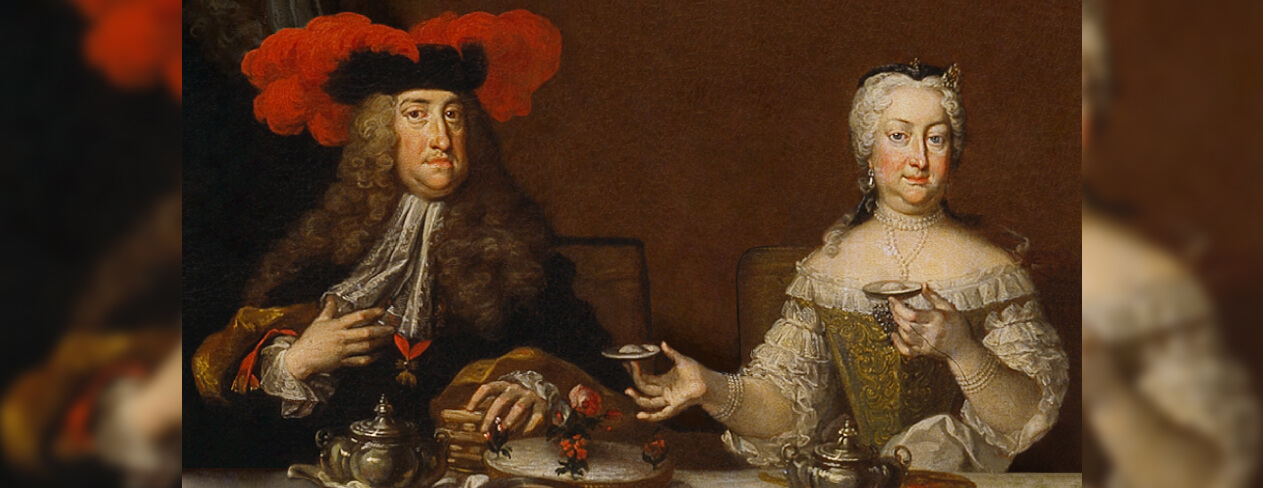
The Holy Roman Emperor Karl VI and Elisabeth Christine of Braunschweig-Wolfenbüttel married on 1 August 1708.
Theirs was a marriage of vital importance. As the last male Habsburg, Karl had an urgent need for a legitimate son and heir. The Imperial throne had been in possession of the dynasty since the 15th century. The potential childless status of the couple could have completely altered the power balance in Europe.
The possibility couldn’t be ruled out either, since their first child – a son – was only born after eight years of marriage. Sadly, the baby lived for only a few months. Three more times the entire continent held its breath while the Empress was expecting in the years 1717, 1718 and 1724. Alas, only little Archduchesses came into the world!
Despite being said to be an amiable and caring husband who never blamed his wife for the lack of an heir, until his last years, Karl VI didn’t abandon his hope of fathering a son, nor of being widowed, which would have brought him another chance to marry. Neither of these happened, however, and he was succeeded by his eldest daughter Maria Theresa.
Thus, the marriage that had been considered a failure by their contemporaries turned out to have produced one of the greatest monarchs and politicians of the Habsburg dominion.
Access to the Metatext via placing an order for an augmented product. See Terms of Use